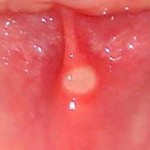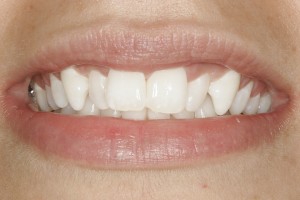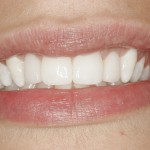by PRWeb
“The action of sugarless gum and candy containing xylitol has been a happy surprise to the healthcare community,” said Dr Allan Melnick, a clinical dentist from Encino, CA, USA. “This therapeutic sweetener substantially reduces the bacteria streptococcus mutans in the mouth. It lowers oral acid levels, adjusts pH and reduces tooth plaque, resulting in less tooth decay and gum disease.”
Xylitol is a sugar alcohol found in plants such as berries, corn and plums. It also is produced in humans during normal metabolism. Dental effects include inhibiting decay-causing bacteria from multiplying in the mouth, research shows. These bacteria, which love to feed on sugar, produce sticky acids that adhere to teeth. The acids damage tooth enamel by dissolving calcium on the tooth’s surface. Frequent use of xylitol — whether in the form of gum, mints, toothpaste or oral wash — appears to break this cycle.
“A yearlong study in Finland showed an 85 percent reduction in caries rates for subjects who chewed gum containing 6.7 grams of xylitol each day,” said Dr Melnick. “The same reduced decay rate was found in subjects who followed strict diet guidelines and used xylitol as a sugar substitute. In other short-term Finnish studies at Turku University, dental plaque accumulation was reduced by about 50 percent in less than a week of xylitol use.”
Similar results were found in more recent studies in Russia, the United States, New Zealand, Thailand and Canada. A Danish researcher has even correlated xylitol use by mothers with decreased tooth decay in babies. Decay in small children can have a devastating effect on the development of their adult teeth and urgently needs to be prevented, say dental experts.
“A 40-month, multi-national chewing gum study published in the Journal of Dental Research showed decreased tooth decay for children chewing xylitol gum in comparison to those who chewed none or had gum sweetened with other substances,” said Dr Melnick. “In a follow-up study five years later by the University of Washington, xylitol subjects showed a 70 percent reduction in tooth decay – evidence of long-term benefits. That’s huge, especially for high-risk groups.”
The sweetener has been linked to tooth self-repair, reduction in bacterial levels, improved saliva levels in dry mouth patients and reduced ear infection cases in children, says Trisha O’Hehir of Arizona, a dental hygienist, educator and a well-known xylitol expert. She notes that there is no aftertaste and xylitol has only half the calories of sucrose. Xylitol also has a slower rate of absorption than sugar — 88 percent slower — which helps to keep blood sugar levels stable.
Additional research has shown that xylitol — like bacteria — has the ability to adhere to body tissues. In a controlled study, solutions of xylitol were able to reduce the presence of staph bacteria. Lab animals given xylitol also exhibited an increase in white blood cells, which are part of a body’s natural defense against bacterial infections.
Animal studies in Finland indicate xylitol in the diet promotes the intestinal absorption of calcium and has the potential to reduce or reverse bone loss in humans. Its use is being considered as a preventive measure to deal with osteoporosis, which affects more than 10 million people in the United States.
The U.S. Army promotes the use of this sweetener in its “Look for Xylitol First” initiative, and in the last two years dental associations in Wisconsin, Hawaii, California and Arizona have endorsed xylitol for its preventive benefits. Several other state dental associations are planning the same endorsement shortly.
“The average American consumes half a cup of sugar a day in some form or other. It’s having a devastating effect on our teeth and overall health,” said Dr Melnick. “So, it’s crucial that we make changes. While diet modification, brushing and dental office visits are obvious, something as simple as chewing xylitol gum a couple times a day can help dramatically. It tastes good, it’s something you can carry in your pocket, and you don’t have to make an appointment. I recommend it to all my patients.”
(Edited by Fred Michmershuizen, DTA)



